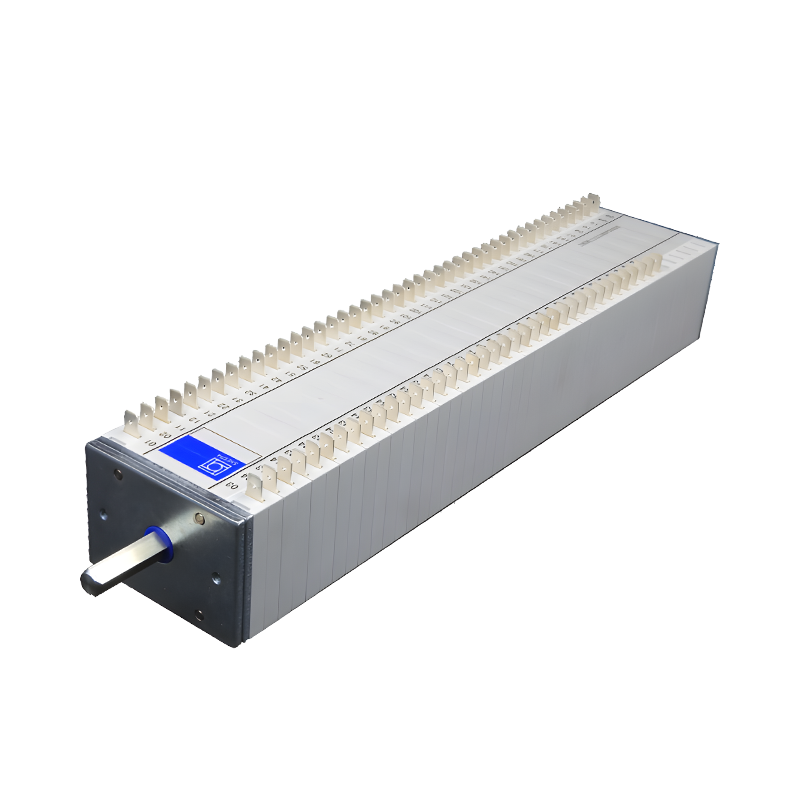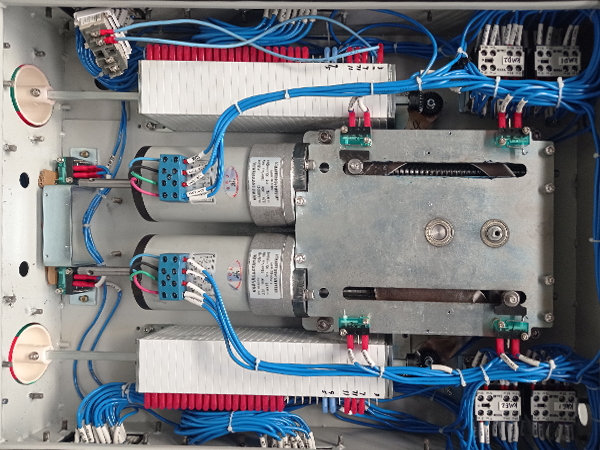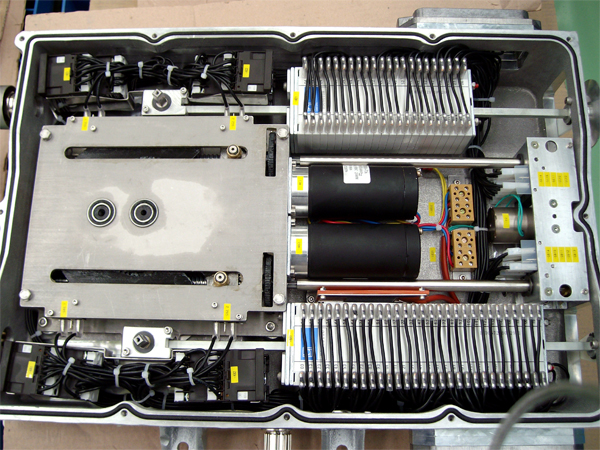

Reveal the magical role of auxiliary switches in power mechanisms!
Release time:2023-09-22
Reveal the magical role of auxiliary switches in power mechanisms!
Auxiliary switch is a key equipment in power industry and is widely used in power mechanism. They play an important role and play a vital role in the stability and safety of power systems. This article will delve into the types and functions of auxiliary switches in power institutions to help you better understand this important component.
First, let's take a look at the basic concepts of auxiliary switches in power systems. An auxiliary switch is a switching device used to transmit or interrupt current signals. Its main function is to monitor and control the operating status of the power system. They are typically used in conjunction with the main switches to provide additional protection and control circuitry.

A common auxiliary switch is a platen switch. It is mainly used to monitor and control the flow of current to ensure the normal operation of the power system. The platen switches have extremely high sensitivity and stability, can respond quickly to abnormal conditions, and cut off current supply in time to protect equipment and personnel safety.
In addition to platen switches, other types of auxiliary switches such as limit switches and feedback switches are commonly used in power mechanisms. Limit switches are mainly used to detect the position or motion of equipment. Once the equipment reaches a predetermined position, the limit switch will cut off the current to prevent the equipment from exceeding the safe working range. The feedback switch is used to provide feedback of current signals to help monitor and control the operating status of the power system.

Auxiliary switches play a number of important roles in power systems. First, they can help monitor the operating status of the power system to detect and respond to abnormal situations in a timely manner. For example, when the current exceeds a predetermined range, the auxiliary switch may cut off the current supply to prevent damage to the equipment. Secondly, auxiliary switches can also be used to control various parts of the power system and adjust the flow and magnitude of current to ensure the balance and stability of the power system. In addition, the auxiliary switch also has an automation function, which can automatically perform switching operations according to preset conditions, and improve the efficiency of the power system.
In summary, the auxiliary switches in the power system play an important role in the stability and safety of the power system. They can monitor, control and protect the power system, prevent equipment damage and personal injury, and improve the operating efficiency of the power system. Therefore, it is of great significance for the development and practice of power industry to understand and use auxiliary switches correctly.

In this paper, the functions of auxiliary switches in power system are analyzed in detail, and different kinds of auxiliary switches and their functions are introduced. An in-depth understanding of the role and application of auxiliary switches allows us to better understand how power systems work and improve the management and maintenance of power institutions. It is hoped that this article will be helpful to readers in the field of power learning and practice.
Auxiliary switch is a key equipment in power industry and is widely used in power mechanism. They play an important role and play a vital role in the stability and safety of power systems. This article will delve into the types and functions of auxiliary switches in power institutions to help you better understand this important component.
First, let's take a look at the basic concepts of auxiliary switches in power systems. An auxiliary switch is a switching device used to transmit or interrupt current signals. Its main function is to monitor and control the operating status of the power system. They are typically used in conjunction with the main switches to provide additional protection and control circuitry.

A common auxiliary switch is a platen switch. It is mainly used to monitor and control the flow of current to ensure the normal operation of the power system. The platen switches have extremely high sensitivity and stability, can respond quickly to abnormal conditions, and cut off current supply in time to protect equipment and personnel safety.
In addition to platen switches, other types of auxiliary switches such as limit switches and feedback switches are commonly used in power mechanisms. Limit switches are mainly used to detect the position or motion of equipment. Once the equipment reaches a predetermined position, the limit switch will cut off the current to prevent the equipment from exceeding the safe working range. The feedback switch is used to provide feedback of current signals to help monitor and control the operating status of the power system.

Auxiliary switches play a number of important roles in power systems. First, they can help monitor the operating status of the power system to detect and respond to abnormal situations in a timely manner. For example, when the current exceeds a predetermined range, the auxiliary switch may cut off the current supply to prevent damage to the equipment. Secondly, auxiliary switches can also be used to control various parts of the power system and adjust the flow and magnitude of current to ensure the balance and stability of the power system. In addition, the auxiliary switch also has an automation function, which can automatically perform switching operations according to preset conditions, and improve the efficiency of the power system.
In summary, the auxiliary switches in the power system play an important role in the stability and safety of the power system. They can monitor, control and protect the power system, prevent equipment damage and personal injury, and improve the operating efficiency of the power system. Therefore, it is of great significance for the development and practice of power industry to understand and use auxiliary switches correctly.

In this paper, the functions of auxiliary switches in power system are analyzed in detail, and different kinds of auxiliary switches and their functions are introduced. An in-depth understanding of the role and application of auxiliary switches allows us to better understand how power systems work and improve the management and maintenance of power institutions. It is hoped that this article will be helpful to readers in the field of power learning and practice.
